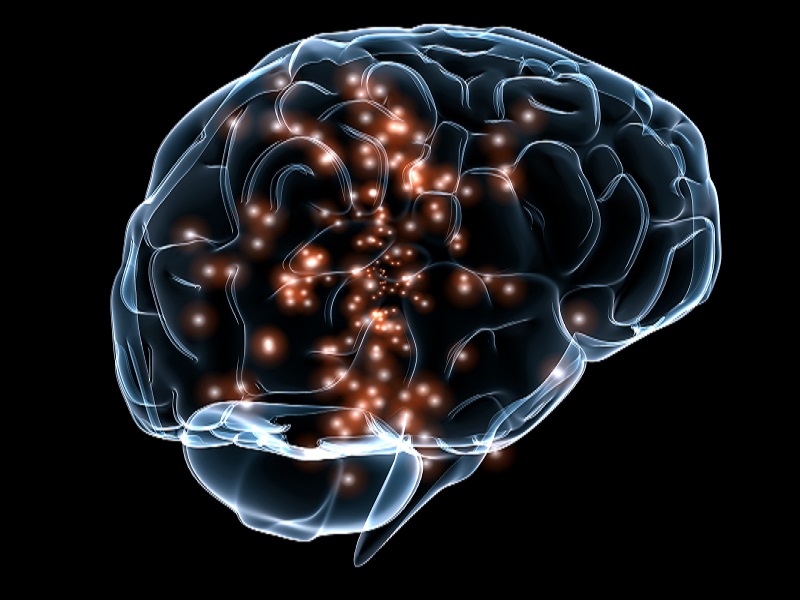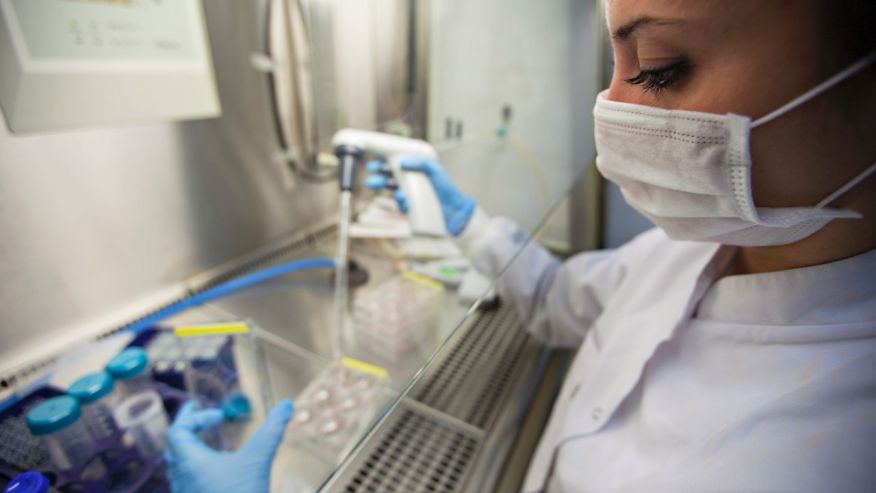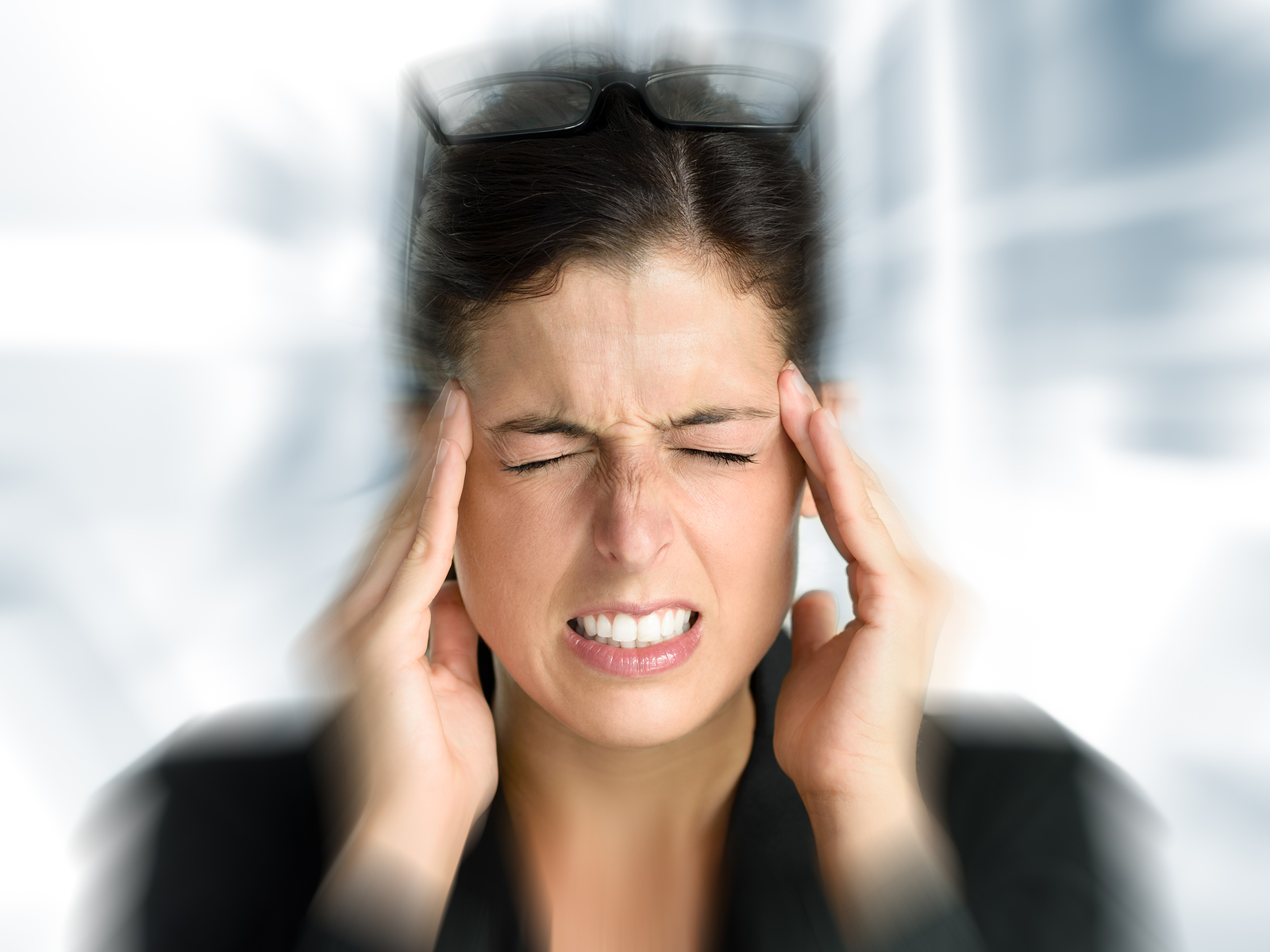Kidney stones: this pain is ‘Worse than childbirth’

One of the most common presentations is the flank pain on one side. It sometimes radiates down into the stomach, and it can actually radiate down into the genital area. That type of pain is pretty commonly seen in stone patients.
Sometimes there’s nausea and vomiting. Those type of symptoms are something that gives us a clue that this may be a stone.
The CAT scan is the gold standard for imaging for kidney stones. That’s usually the way to diagnose it. You can’t do it from a blood test or anything else.
Why do people say that they are so painful?
It blocks the flow of urine in the kidney, and it causes backup. And it’s an excruciating pain. A lot of people do describe it as worse than childbirth.
When the system is trying to push urine out, what happens is: your kidney and your ureter — they have this muscle propagation that goes down the kidney into the ureter — when it’s trying to push and the stone is blocking it, you get these intense pains. That’s why we call it colicky, it comes and goes and it’s extremely painful and the main reason for the pain is the backup of urine.
What’s happening exactly?
Usually, if they have two kidneys, they urinate fine, because you’re getting urine on the other side. The problem is, that kidney is producing urine but it can’t get pushed down.
If you take a pipe and you clog it off and somehow you’re still getting fluid into the other end … if it’s a pipe that can expand, it starts expanding.
The backup is like that. It causes a great deal of pain because you’re expanding your system. You don’t have any pop-off valve. Once it starts expanding, it’s expanding unnaturally.
It’s called hydronephrosis, and it’s basically backup of urine into the kidney.
What to do for kidney stones
Are there particular risk factors?
There are certain diseases associated with kidney stones, things like hypoparathyroidism, or some bowel diseases where your absorption isn’t normal.
Things like obesity and diabetes are associated with kidney stones. The main dietary factors are low water intake and high salt intake and animal protein — anything you killed to eat. If you have high amounts of those intakes, it causes your urine to acidify and then it becomes more prone to having stones.
It just depends on the person. If you have a family history, you’re more apt to get a stone.
What is the treatment?
If the stones are small enough, they usually pass on their own. Sometimes it can be an uneventful passage, or sometimes it’s just an excruciating passage, but we can help them out with pain medicine and some other medicines.
We say greater than 5 mm we start watching them closely. They have a higher chance of requiring surgery to pass the stone.
So it’s possible that with pain medicine, it could go away on its own?
Yep, they can pass it. As long as it’s small enough, and there’s nothing abnormal in their system that prevents it from moving through, if it’s small enough people can pass the stones by themselves.
How long does that take?
It can take a few days. Depending on where the stone is and how small it is. Sometimes we monitor up to six weeks, but if the stone isn’t progressing, we’ll go ahead and take care of it.
If the pain is so much that they can’t endure it, then we will go ahead and treat. If their pain is coming and going, and well-controlled with things like ibuprofen or other pain medicine, sometimes we just wait and let them try and pass it.
Source: CNN














 One of the unfortunate realities of Canada’s monopolistic health-care system is that some people feel they have no choice but to seek the care they need outside the country.
One of the unfortunate realities of Canada’s monopolistic health-care system is that some people feel they have no choice but to seek the care they need outside the country.


